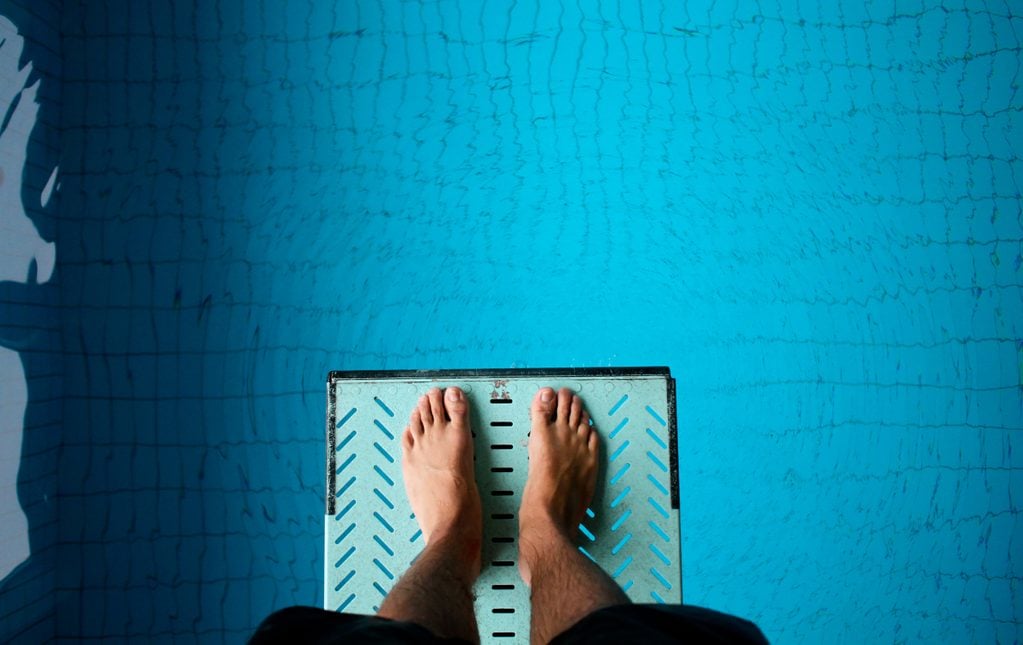Red Flags a Public Pool Is Too Dirty for Swimming
Updated: May 28, 2021

These quick, expert-approved tricks will keep you—and your fellow swimmers—healthy and germ-free this summer.
Nothing feels better than taking a cool dip on a hot summer day. But before you dive in to your local swimming pool, beware: There could be many dangers lurking beneath the surface—and not all of them can be seen with the naked eye.
While public pools are typically treated with chlorine and other chemicals to ward off germs, that doesn’t mean they are perfectly clean. In fact, a 2016 study by the U.S. Centers for Disease Control and Prevention (CDC) found that 80 percent of public swimming pools had health and safety violations. Water that is not treated with the correct chemical balance is more likely to spread bacteria and viruses to other swimmers, including everything from E. coli to norovirus to Hepatitis A. Don’t ignore these 50 hidden health dangers this summer, either.
Luckily, many red flags are easy to spot. Cloudy water and algae growth are among the more obvious signs of a dirty pool. Michele Hvalsa, chief of CDC’s Healthy Swimming Program, recommends making sure the drain at the bottom of the deep end is visible before getting in. In addition to indicating that the pool is clean enough for swimming, “clear water allows lifeguards and others to clearly see swimmers who are underwater and see if they are in distress,” she says.
Don’t take a dip in a pool where you see excrement, urine, vomit, or blood, either. Even when more harmless waste from our bodies (such as sweat, dirt, and dead skin) mix with the chlorine in pool water, it can decrease the amount of chlorine available to kill germs, allow bacteria to spread, and boost your chances of getting sick, Hvalsa says. That’s not the only surprising way your pool makes you sick.
However, “you can’t always tell by looking at pool water if it is properly disinfected,” according to Hvalsa. Local health departments often post a pool’s latest inspection results online, so do a quick Google search before suiting up. “We check restaurant inspection scores before dining out; we should do the same with swimming public pools,” she says.
If you don’t have luck finding inspection results online, you can do a mini-inspection with store-bought test strips to make sure the water’s chemical levels are correct. The CDC recommends a pH range of 7.2 to 7.8, chlorine concentration of at least 1 ppm, and bromine concentration of least 3 ppm in pools. No test strips? Just take a whiff; a pungent smell coming from the water is a clue that the pool’s chemistry needs to be adjusted.
Are you guilty of peeing in the pool? Learn why this habit isn’t just gross, it’s actually bad for you.